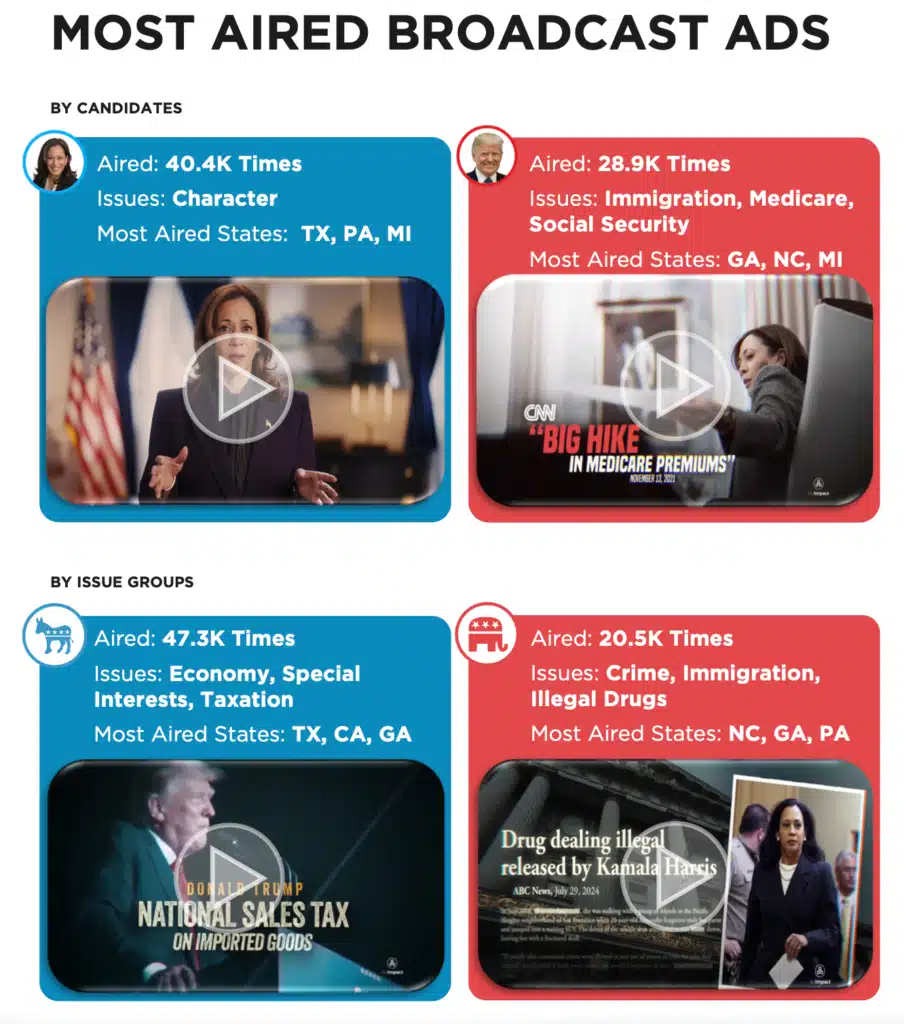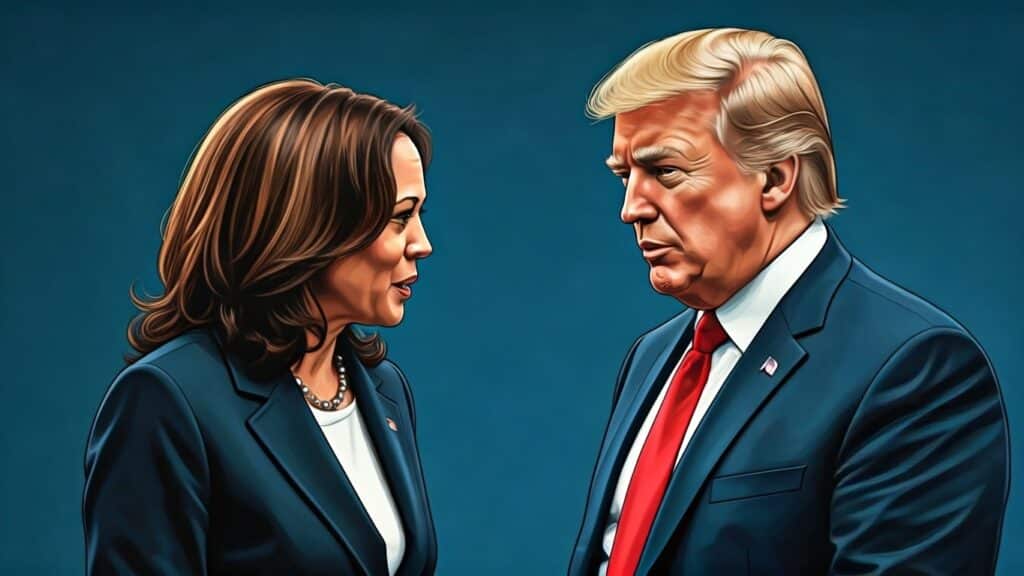A Look at the Data Behind Trump and Harris’ Presidential Election Ad Spending – PPC – About PPC – Pay Per Click Management
The 2024 presidential election highlighted two starkly different approaches to campaign advertising. Although Vice President Kamala Harris outspent President-elect Donald Trump by $460 million on ads, Trump emerged victorious.
Federal Election Commission (FEC) records reveal that Harris invested $346 million in radio, TV, and digital advertising, while Trump’s campaign spent $147 million. However, according to ad-tracking firm AdImpact, the actual expenditures were even higher, with Harris committing an additional $647 million and Trump allocating $273 million by Election Day. Together, the campaigns spent an estimated $11 billion, setting a record for U.S. election spending.
Despite Harris’ significant financial advantage, Trump’s targeted marketing tactics proved pivotal. His approach demonstrated that success in political advertising is not always tied to higher spending but to strategic messaging that resonates with voters.
Swing States and Tactical Differences
Both campaigns prioritized battleground states, including Georgia, Michigan, Pennsylvania, North Carolina, Arizona, Nevada, and Wisconsin. While Harris pursued comprehensive media coverage, Trump’s team adopted a more focused, localized strategy. The Trump campaign criticized Harris’ broader approach as overinvestment. However, the question remains: can one overinvest in the quest for the presidency?
A Trump campaign representative commented, Ads supporting President Trump reach more people than Harris ads. Her campaign scatters funds carelessly because they have no idea how to run a winning campaign. Trump’s campaign capitalized on lessons learned from 2016, employing data-driven segmentation and emotionally compelling messages, whereas Harris’ broad-strokes approach echoed Hillary Clinton’s less successful 2016 strategy.
AdImpact provided an analysis of key advertising trends in battleground states, detailing the primary themes and messaging strategies each candidate used:
The Role of CTV and OTT Platforms
Connected TV (CTV) and Over-The-Top (OTT) streaming services emerged as vital tools, enabling campaigns to reach more than 150 million households, including younger audiences. Harris concentrated on premium ad slots during major sporting events and prime-time programming.
Trump, on the other hand, utilized platforms such as YouTube, Hulu, Spotify, Roku, Paramount, and Pandora. His campaign’s success lay in straightforward messaging and precise targeting, leveraging advanced programmatic advertising capabilities like geo-fencing to tailor communications for specific demographics.

Platform Preferences and Emerging Opportunities
Harris directed the majority of her digital advertising budget to platforms like Google, Facebook, and Instagram. Meanwhile, Trump invested heavily in YouTube and Twitch, partly due to Meta’s restrictions on political ad targeting.
Gen Z voters became a critical audience in the election. Trump tapped into this demographic through Twitch, streaming rallies, and connecting with younger voters who are less engaged with traditional political content. Harris, conversely, focused her efforts on Snapchat and TikTok to connect with the same demographic.
Here’s a summary of the platforms preferred by each campaign:

The Impact of Podcasts and Influencers
As voters sought more authentic content, podcasts became a key medium for candidates to humanize their messages and foster deeper connections.
Trump’s appearance on The Joe Rogan Experience highlighted his conversational style, while Harris chose to appear on Call Her Daddy. Additionally, Trump’s team collaborated with social media influencers to capture the attention of younger voters. Partnering with prominent streamers generated excitement beyond traditional advertising methods.
Notably, Trump’s campaign worked with influencers such as Logan Paul and Adin Ross to energize typically disengaged young voters. These collaborations, combined with guest appearances on popular streams, aimed to build enthusiasm and engagement that extended beyond conventional campaign tactics.
Adapting to an Evolving Landscape
The 2024 presidential election illustrated that success in campaign advertising depends not only on budget size but also on the strategic placement and delivery of messages. By leveraging streaming platforms and focusing on targeted outreach, campaigns can forge deeper connections with key audiences. This underscores the importance of understanding voter preferences and meeting them where they are rather than relying on broad-spectrum advertising.
As the digital advertising landscape continues to evolve, campaigns that adapt and innovate will be best positioned to succeed.


